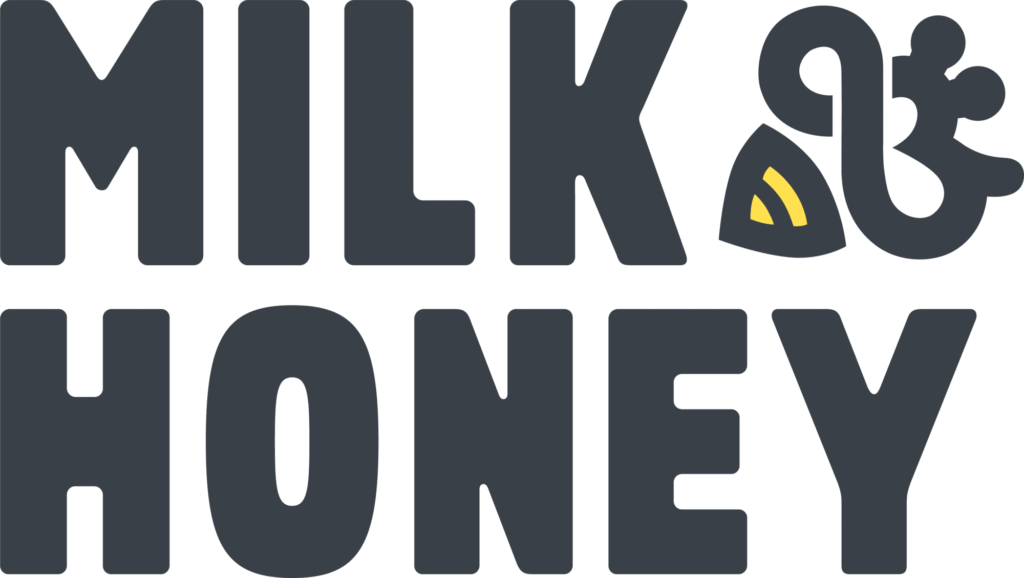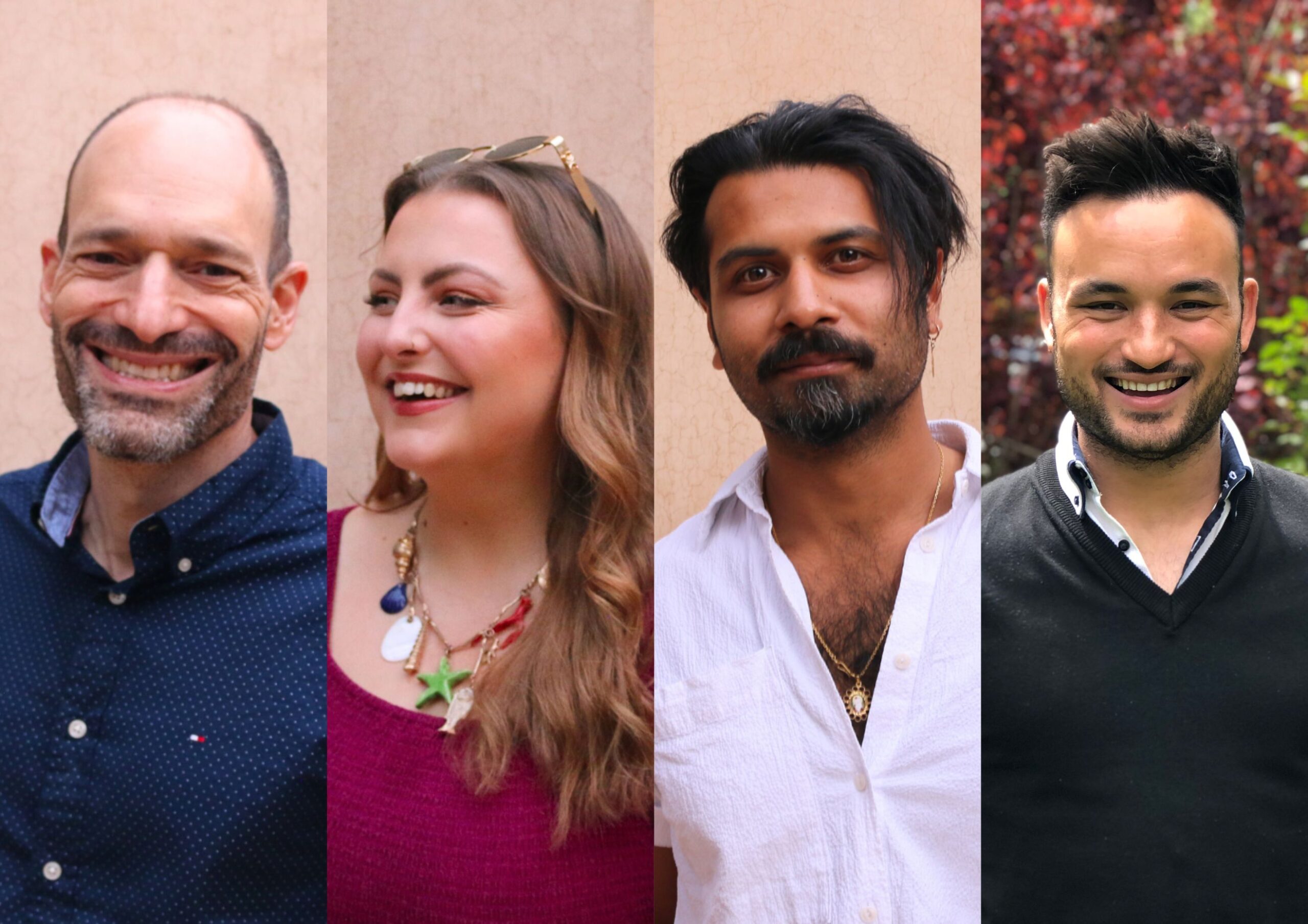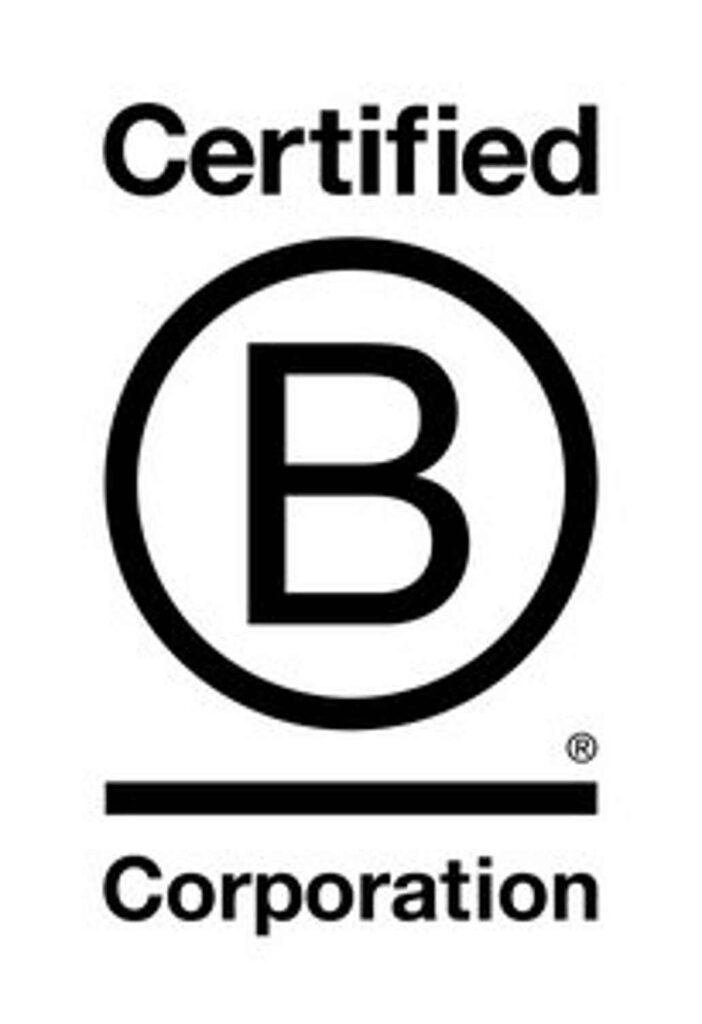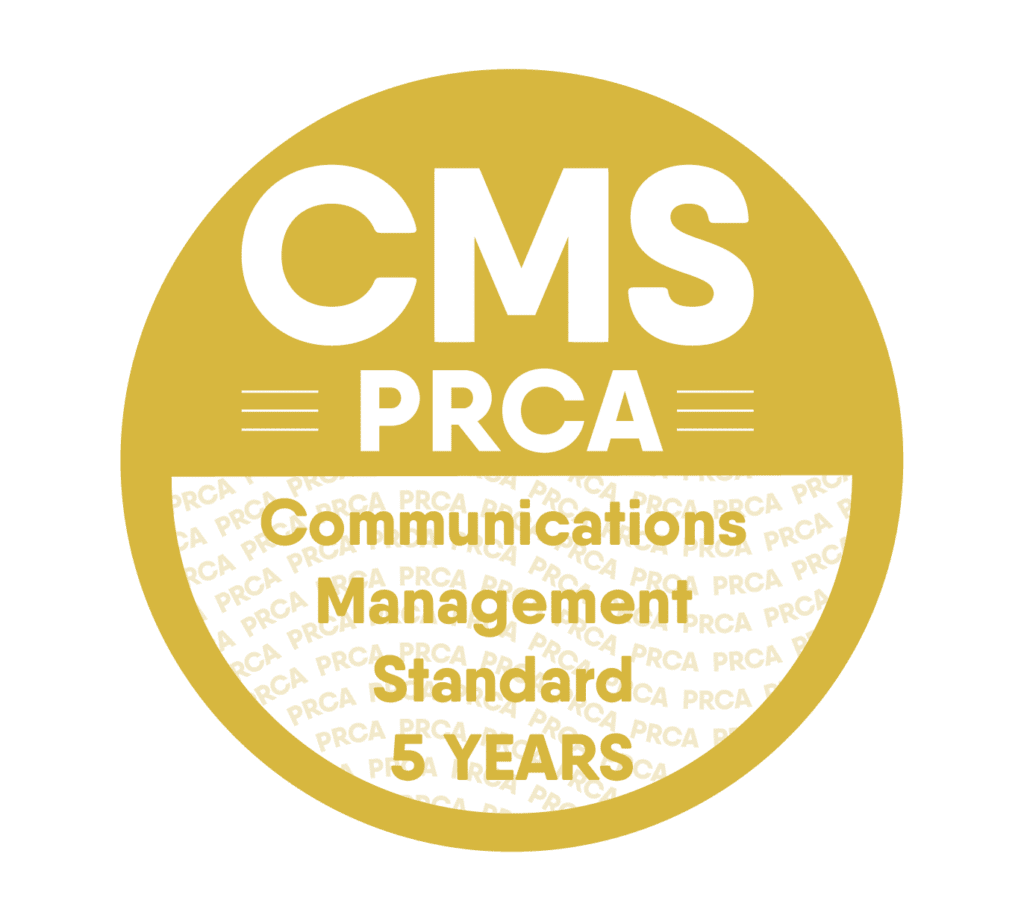To celebrate our eighth anniversary, we have collected eight insights from our international team on how PR has changed ― and is likely to change again.
In our last blog of four insights, we looked at the PR business: from leadership to sales, and from ESG to go-to-market strategies. In this final four, we take a closer look at the application of PR: from earned media to broadcast and podcasts, and from digital comms to emerging technologies such as AI.
So, here we go for the final four of our eight insights in eight years:
1. Earned Media – Paul Cohen, Milk & Honey Partner and CEO North America
Eight years ago was when things started to really change in the earned media space. The PESO model was just taking hold as the dominant communications campaign framework, but for many PR practitioners, the ‘E’ still dominated our work. In the US, local news outlets were struggling but hanging on, and a few national and international titles still drove the news agenda to shape opinion in a coherent, recognisable way.
Today, reputation is shaped in many different ways. Media companies have shed jobs in shocking numbers, leaving far fewer journalists. But new forms of media and ways of engagement are shaping stories that spur people to action in new and exciting ways. A rapidly changing tech landscape, the ubiquity of influencers and the constantly evolving nature of social media (TikTok wasn’t even in the US eight years ago) have enabled us to radically rethink our client approaches.
Ultimately, the core principals of earned media remain: tell stories that are compelling, credible and newsworthy, and that shape reputations; really know your media landscape and tailor everything to the individual reporter – the age of spray and pray is long dead; and never stop working on cultivating trusted relationships with reporters.
2. Digital – Hannah Williams, Milk & Honey UK Digital Director
In 2017, yikes, the social and digital landscape was almost unrecognisable to 2025. At the time, Instagram had just launched stories to compete with Snapchat, whereas now they’re competing with TikTok via reels and hyper-curated feeds.
Younger users have moved away from Facebook to TikTok (Musical.ly for the 2017 ogs), which is now a powerhouse for short-form video and e-commerce. Twitter (now X…) was primarily used for customer service and brand community building, but under Elon Musk, revoking fact-checking and general brand safety concerns have led many businesses to deprioritise it within their strategies.
On the digital side, SEO was predominantly keyword-based, AI was also in its infancy and paid ads were mainly on Facebook and Instagram. Now, AI-driven search, automation and personalisation dominate the landscape.
Moving forwards in 2025, I anticipate a rise in “people-first” content as the norm, whether from influencers, creators, or thought leaders. If you’re not showing personality, you’re falling behind.
3. AI – Sanjiv Winayak, Milk & Honey UK Senior Client Director and Head of AI
2017 was a pivotal moment in AI history, and one that shaped my perspective on technology’s role in PR. DeepMind’s AlphaGo faced off against world champion Lee Sedol in ‘Go’ ― like chess, Go is a deterministic, perfect information game ― but with more possible positions than atoms in the universe. It was thought to be an insurmountable mountain to climb for any machine.
The AI system won four games out of five, but the watershed moment came in Game 2, Move 37. Initially dismissed as a malfunction, it proved to be a one-in-ten-thousand move. More profoundly, Sedol’s single victory for humanity came from a similarly innovative move, which he said was inspired by DeepMind’s play. These moves have changed the way Go is played to this day.
In 2025, as AI triggers market crashes and cross-industry fears about job displacement, this story resonates more deeply.
AlphaGo didn’t simply outplay humans ― it enhanced human creativity and expanded our understanding of what’s possible. Technology isn’t just about automating a game; it’s about fundamentally changing the way that game is played. And that’s what we can look out for in 2025.
4. Podcast & Broadcast – Lewis Oakley, Milk & Honey UK Senior Client Director and Head of Broadcast
The past eight years have seen seismic shifts in broadcasting and podcasting. While traditional broadcast experienced a resurgence during the debates around Brexit and Trump in 2016, the sector has faced challenges since.
Budget cuts, competition from social media and changing viewer habits have pushed broadcasters to adapt. TalkTV’s recent shift from television to online exemplifies the growing trend of prioritising digital over linear formats. Broadcasters are now competing not just with each other but with every form of online content vying for attention.
Podcasts, however, have thrived. Their long-form, in-depth approach has redefined how people consume media, particularly in areas like politics, where listeners demand thorough discussions rather than soundbites.
Looking to 2025, I predict continued contraction in broadcast ― unless innovation takes centre stage. Meanwhile, podcasts will only strengthen their position as a preferred medium, offering deep dives and flexibility unmatched by traditional formats.












